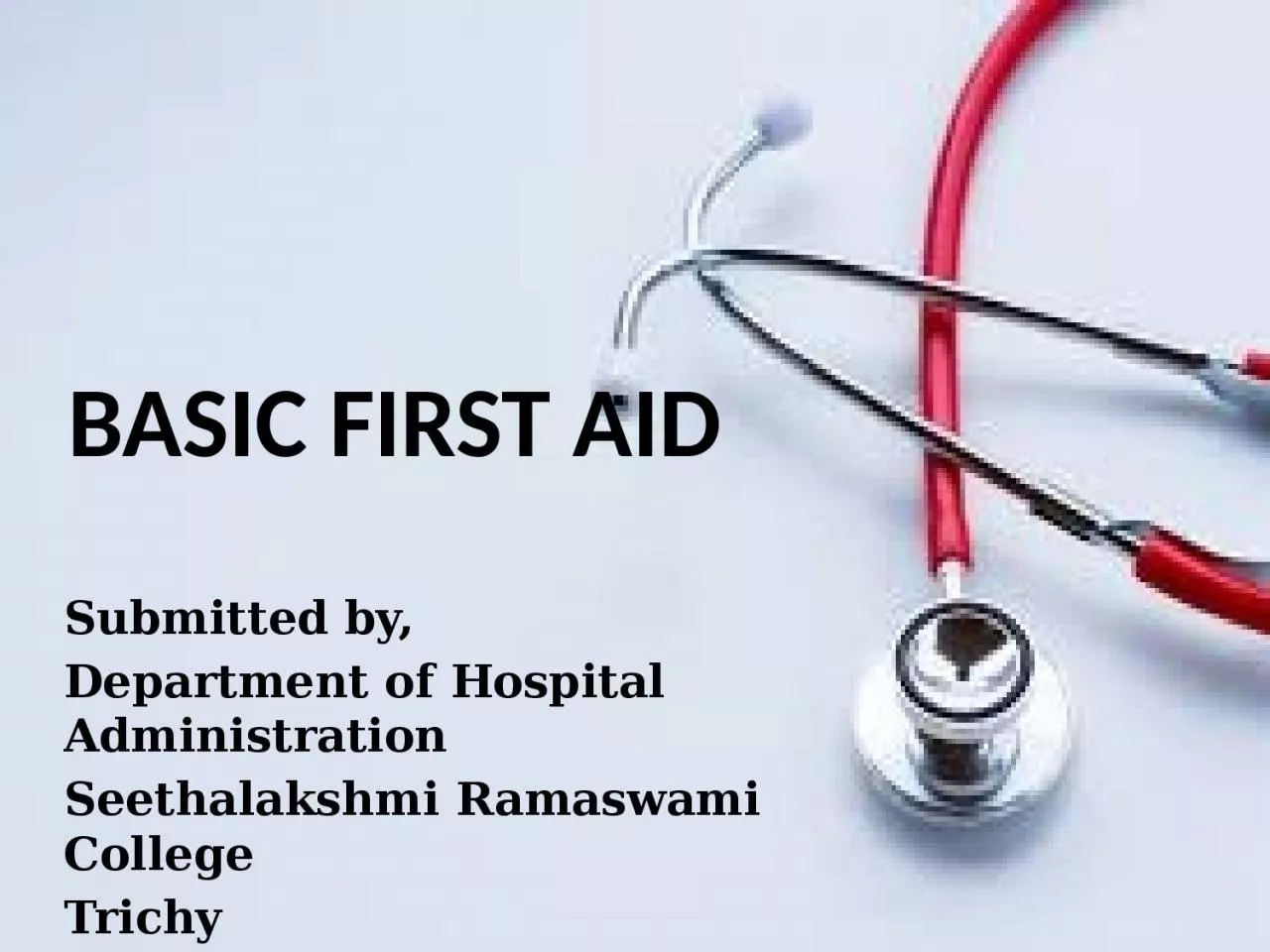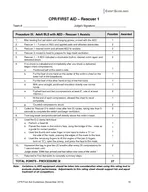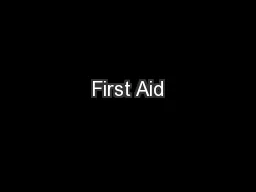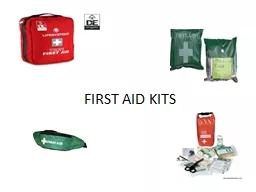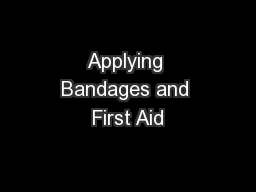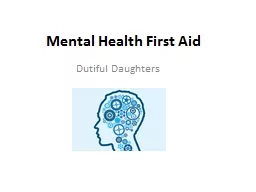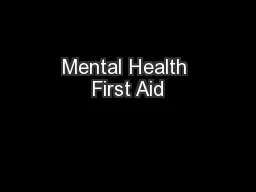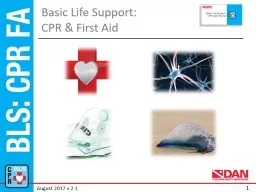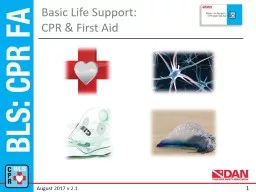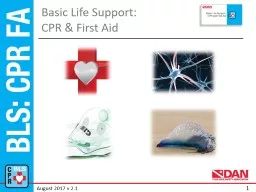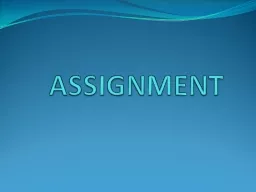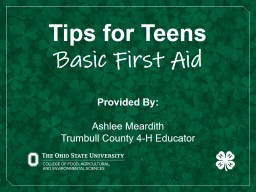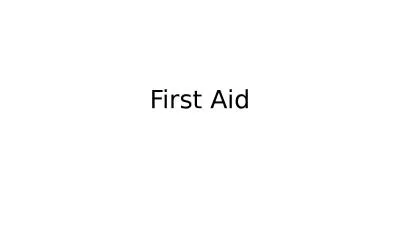PPT-BASIC FIRST AID Submitted by,
Author : CuddleBunny | Published Date : 2022-08-03
Department of Hospital Administration Seethalakshmi Ramaswami College Trichy FIRST AID Introduction It uses the available human and material resources at the site
Presentation Embed Code
Download Presentation
Download Presentation The PPT/PDF document "BASIC FIRST AID Submitted by," is the property of its rightful owner. Permission is granted to download and print the materials on this website for personal, non-commercial use only, and to display it on your personal computer provided you do not modify the materials and that you retain all copyright notices contained in the materials. By downloading content from our website, you accept the terms of this agreement.
BASIC FIRST AID Submitted by,: Transcript
Download Rules Of Document
"BASIC FIRST AID Submitted by,"The content belongs to its owner. You may download and print it for personal use, without modification, and keep all copyright notices. By downloading, you agree to these terms.
Related Documents

